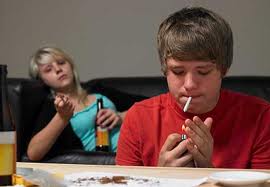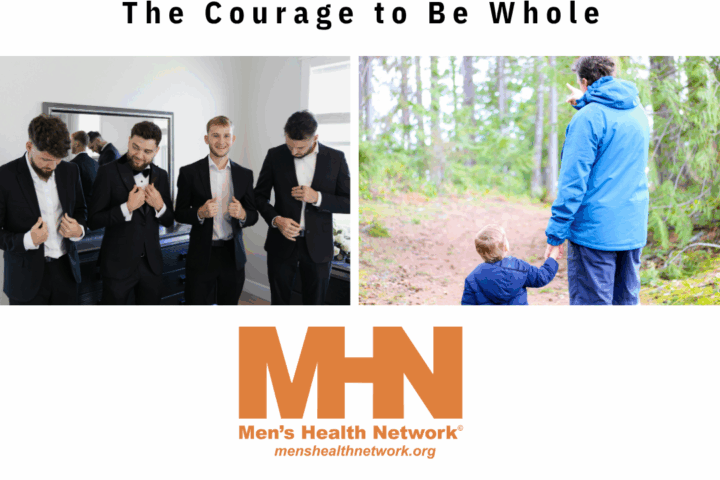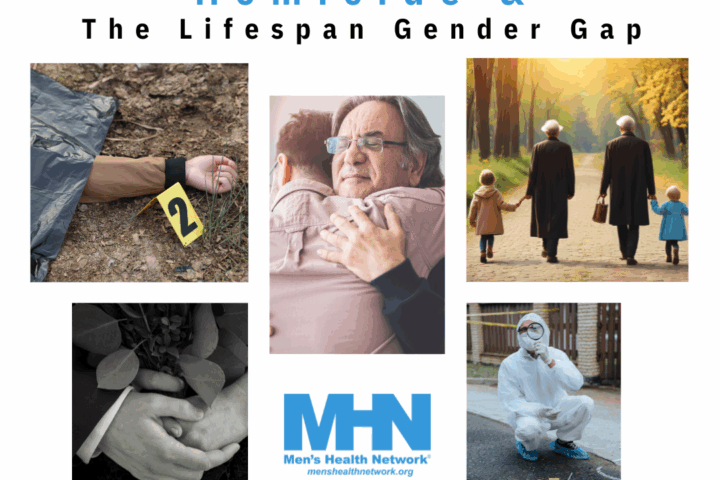 72% of all deaths among young people aged 10–24 years were caused by one of four causes: car crashes (26%), other unintentional injuries (17%), homicide (16%), and suicide (13%). And hundreds of thousands of teens are affected by non-fatal but life-disrupting conditions such as sexually transmitted diseases (STD) and teen pregnancy.
72% of all deaths among young people aged 10–24 years were caused by one of four causes: car crashes (26%), other unintentional injuries (17%), homicide (16%), and suicide (13%). And hundreds of thousands of teens are affected by non-fatal but life-disrupting conditions such as sexually transmitted diseases (STD) and teen pregnancy.
The big problem is that adolescents and young adults engage in an eye-popping number and variety of high-risk behaviors. These fall into six broad categories:
 Behaviors that contribute to unintentional injuries and violence
Behaviors that contribute to unintentional injuries and violence- Tobacco use
- Alcohol and other drug use
- Sexual behaviors that contribute to unintended pregnancy and (STDs), including HIV infection
- Unhealthy dietary behaviors
- Physical inactivity.
Unfortunately, young people don’t just grow out of these habits. Instead, the patterns that start in childhood and adolescence just get worse with age.
The Center for Disease Control (CDC) tracks high-risk behavior among young people and just published a rather sobering report of children in grades 9-12. Here are some of the findings.
- Among the 70.2% of students nationwide who had ridden a bicycle during the 12 months before the survey, 87.5% had rarely or never worn a bicycle helmet. More males (88.8%) than females (85.9%) rode without a helmet. Blacks (92.3%) and Hispanics (92.1%) were more likely than whites (85.7%) to have ridden without a helmet.
- 7.7% of students rarely or never wore a seatbelt when driving in a car driven by someone else. Again, rates were higher for males than females and for blacks and Hispanics than whites.
- During the 30 days before the survey, 24.1% of students nationwide had ridden one or more times in a car or other vehicle driven by someone who had been drinking alcohol. This time females (23.8% were more likely than males (20.5%) students, and Hispanics (30.7%) were more likely to have done this than blacks (22.8%) or whites (22.1%).
- In the 30 days before the survey, 8.2 % of students had driven one or more times while drinking themselves. Males and whites were more likely than females and blacks/Hispanics.
- In the 30 days before the survey, 32.8% of students had texted or emailed while driving at least once.
- 16.6% of students had carried a weapon (gun, knife). Males were about 4 times more likely (25.9%) than females (6.8%).
- In the year prior to the survey, a third of students had been in a fight one or more times. 4% of students had been injured in a fight.
- 16.2 percent of students said they’d been bullied (physically or electronically) in the previous year. 5.9% had not gone to school because of concerns for their safety.
- 44.7% had smoked at least once, 10.2% smoked at least one cigarette every day.
- 70.8% had had at least one drink of alcohol at some point in their life. In the previous 30 days, 38.7% of students had had at least one drink and 21.9% had consumed 5 or more drinks within several hours at least once.
 The survey goes on and on, reporting on young people’s use of illegal drugs (including heroin and prescription drugs taken without a prescription), sex lives (including unprotected sex, lack of using birth control, and having multiple partners), poor diets, lack of physical exercise, television watching, dieting, sunscreen use, sleep habits. Every page has some new, scary, revelation.
The survey goes on and on, reporting on young people’s use of illegal drugs (including heroin and prescription drugs taken without a prescription), sex lives (including unprotected sex, lack of using birth control, and having multiple partners), poor diets, lack of physical exercise, television watching, dieting, sunscreen use, sleep habits. Every page has some new, scary, revelation.
The good news is that since 1991, the numbers for most of these risky behaviors had improved. But the percentage of teens who were obese, had a poor diet, didn’t use sunscreen, or drunk alcohol were worse.
Bottom line, or teens are in trouble. And as adults, we have an obligation to do better by them and by our younger kids who, hopefully, will become teens at some point. If a child is facing drug or alcohol issues, there are resources such as forum, questions and answers for helping an addicted child deal with the problem.
I strongly suggest that you take an hour or so and read the entire report. You can download it here.




Comments are closed.